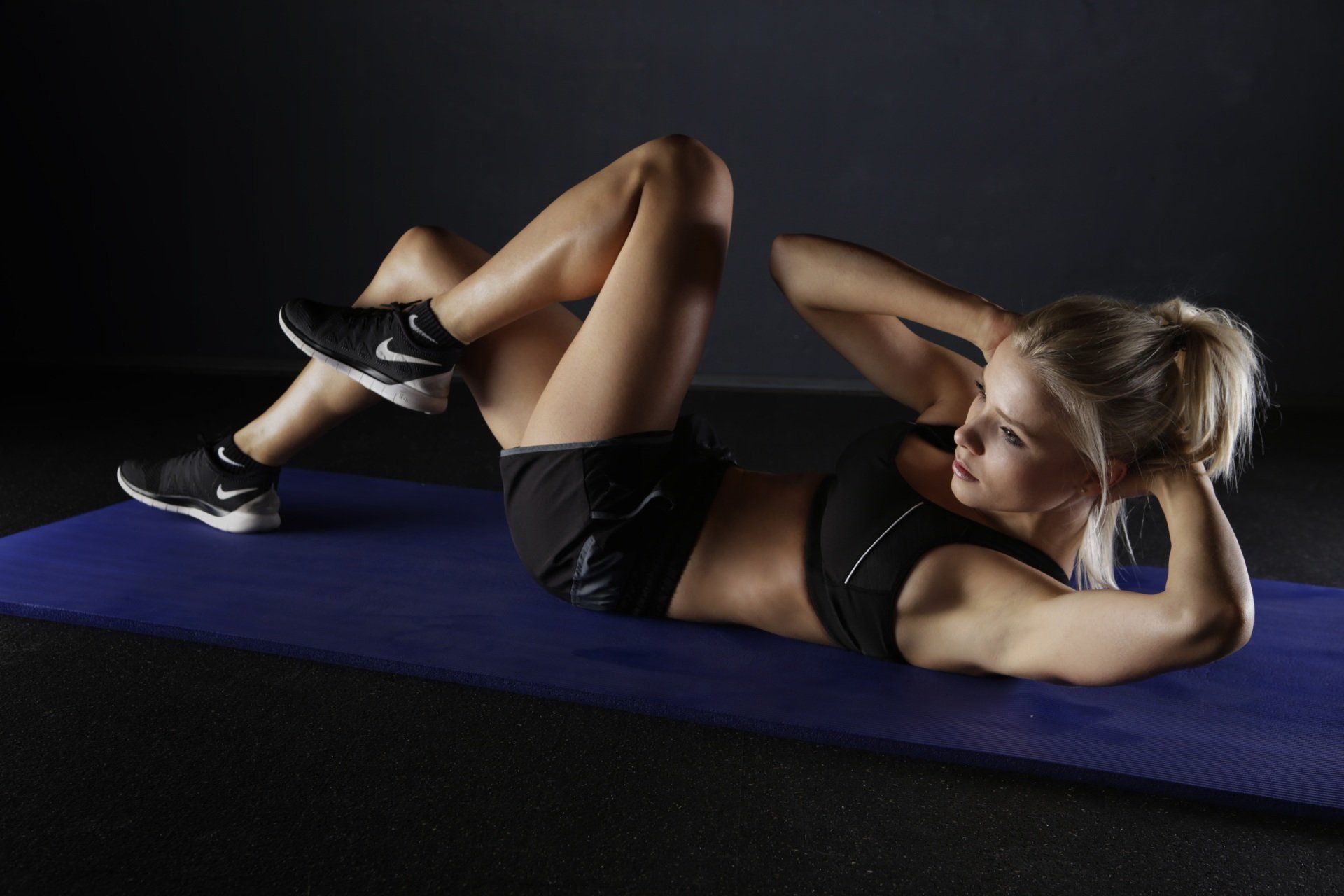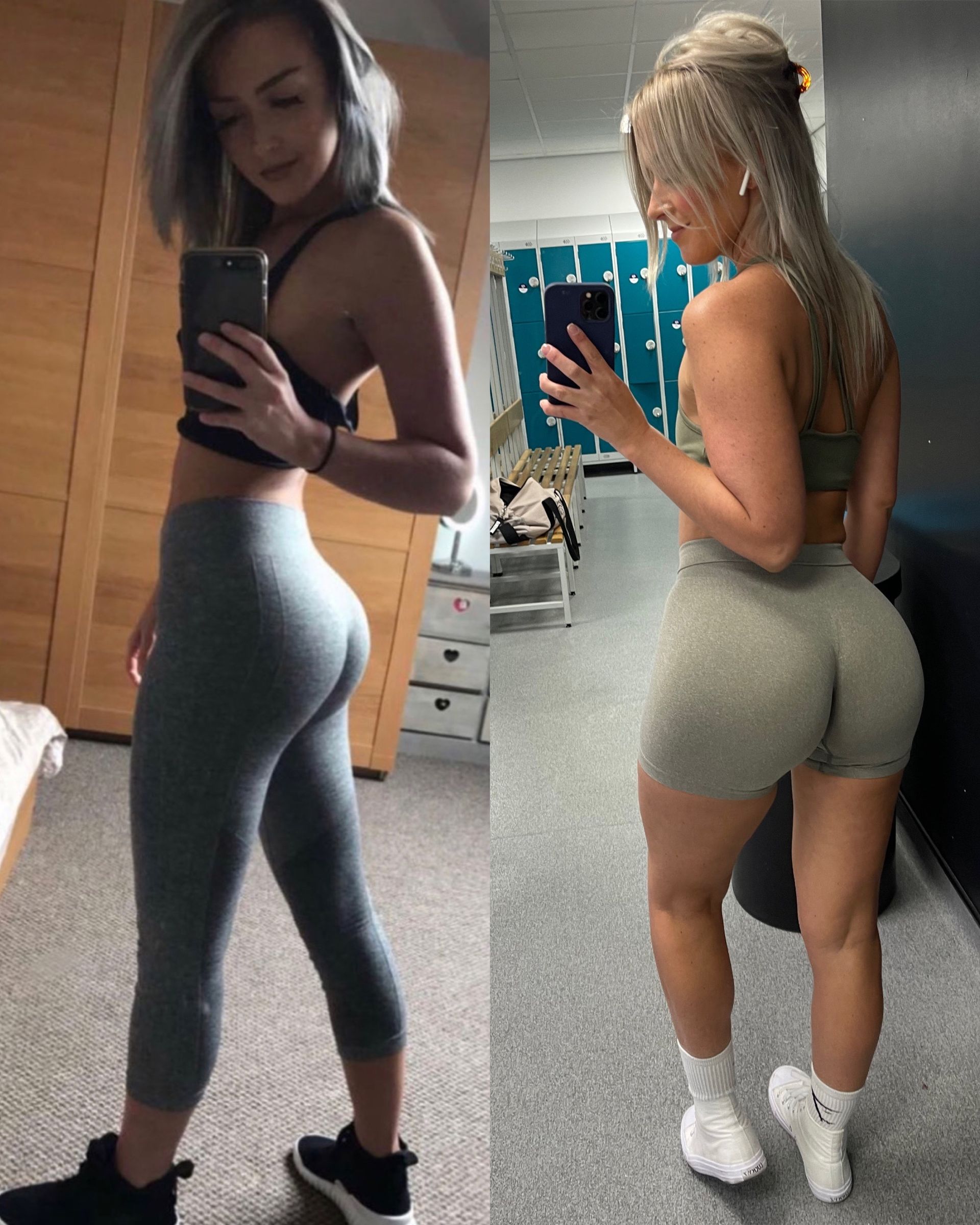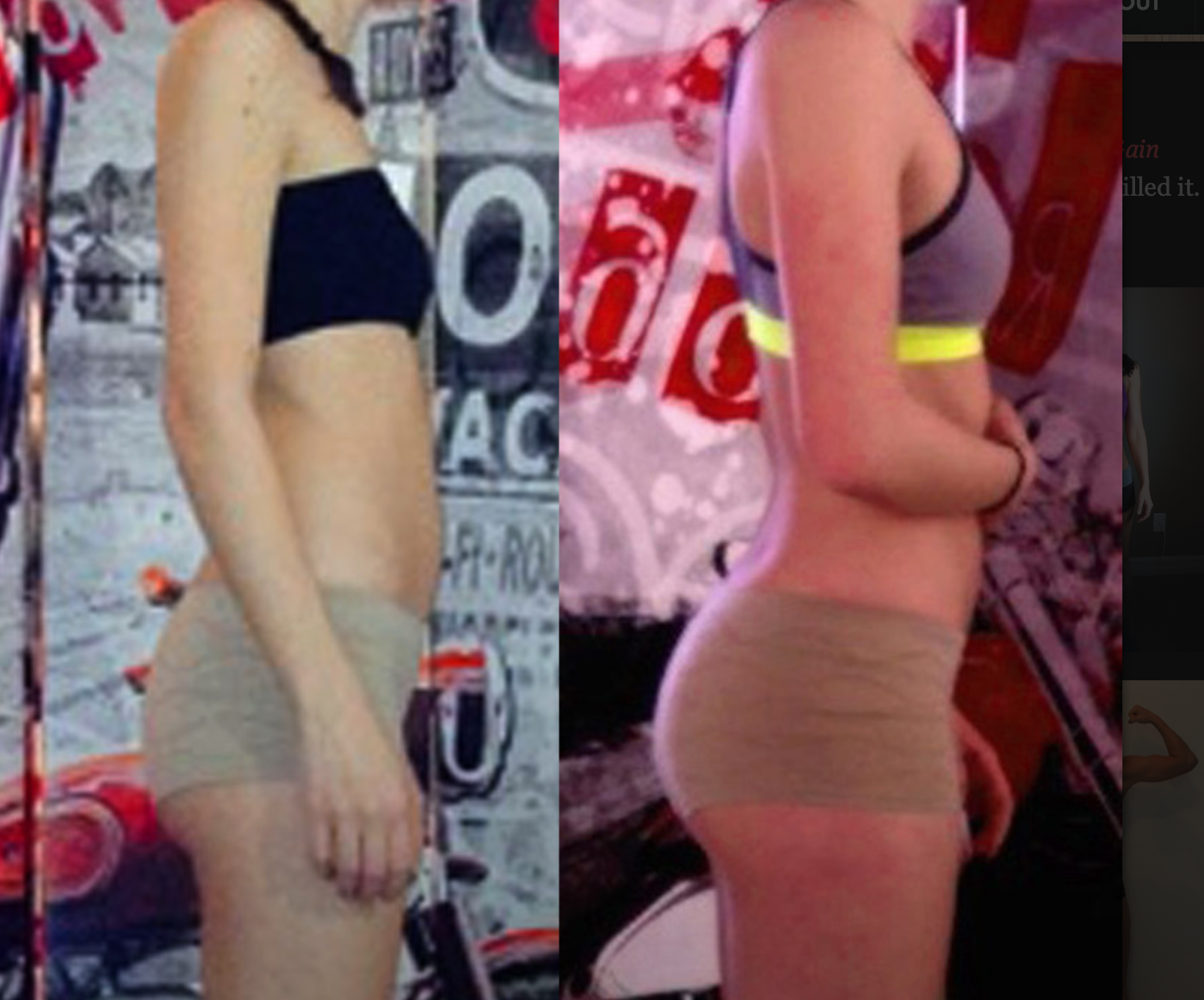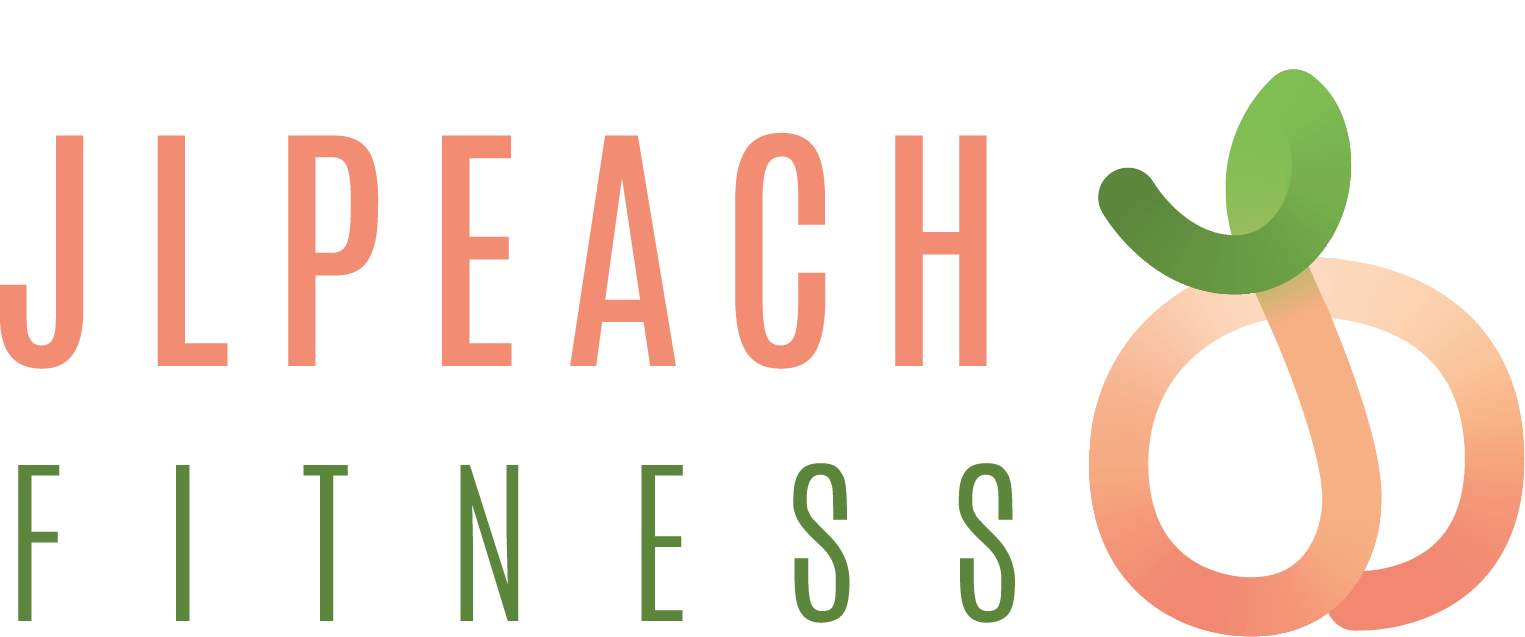Diastasis Recti And Postnatal Recovery Tips For The First 6 Weeks And Beyond
Pregnancy and birth can challenge our bodies in so many ways, it's truly amazing at what our bodies can do. At Least 60% of women will experience a condition known as "ab all separation" or "diastasis recti" (DR for short for today's blog)
How can you tell if you have it?
Of Course a medical professional would need to confirm but here are some main symptoms to give you a head start. Most people don't notice signs of diastasis recti until they are postpartum. You can have diastasis recti during pregnancy, but it's hard to distinguish because your abdomen is stretched.
Common signs of diastasis recti during the postpartum period are:
DR has been dismissed by some medical professionals to be a cosmetic concern, however the condition can carry some serious health implications. When your abdominal muscles separate core function can suffer which can leave many women with back back pain, urinary leaking, pelvic floor disfunction and prolapse.
Thankfully, there are postnatal exercises that can help.
But first let's clear some common questions up about DR
DR has been dismissed by some medical professionals to be a cosmetic concern, however the condition can carry some serious health implications. When your abdominal muscles separate core function can suffer which can leave many women with back back pain, urinary leaking, pelvic floor disfunction and prolapse.
Thankfully, there are postnatal exercises that can help.
But first let's clear some common questions up about DR
What does diastasis recti feel like?
Diastasis recti is not painful. You may feel pain associated with some of the side effects of diastasis, but the ab separation itself doesn't hurt. You may feel weakness in your core when doing once easy tasks, like lifting a laundry basket. Some people feel a jelly-like texture in the space between the left and right abdominals when contracting the ab muscles.
How do I know if I have diastasis recti?
There are some common signs that can signal you have diastasis recti. One of the most common signs of diastasis recti is a bulge in your midsection that doesn't go away, even after exercising or losing weight gained during pregnancy. Another sign is that your belly cones or domes when you lean back on a chair or get up out of bed. You can check for diastasis recti on your own, but it is always a good idea to speak with your healthcare provider about your symptoms.
What are the risk factors for developing diastasis recti?
Several factors can increase your risk for developing diastasis recti:
How is diastasis recti diagnosed?
Your healthcare provider will evaluate if diastasis is present, where it's located and how severe it is. Diastasis recti can occur above the belly button, below the belly button and at the belly button.
Your provider will use their hands and fingers to feel the abdominal area for gaps and muscle tone. Some providers may use ultrasound, measuring tape or a tool called a caliper for a more accurate measurement. This exam typically occurs at your postpartum appointment before being cleared for exercise.
An abdominal gap wider than 2 centimeters is considered diastasis recti. Diastasis recti is also measured in finger widths, for example, two or three fingers' separation.
Your healthcare provider may recommend movements for diastasis recti or they may refer you to a specialist for additional treatment.
How do I test myself for diastasis recti?
You can test yourself for diastasis recti:
- Lie on your back with your knees bent and feet flat on the floor.
- Lift your shoulders slightly off the ground, keeping one hand behind your head for support. Almost like you are doing a sit-up. Look down at your belly.
- Move your other hand above your belly button area, palms down and fingers towards your toes.
- Use your fingers to feel for a gap between the abs. See how many fingers can fit in the gap between your right and left abdominals.
If you feel a gap of two or more finger widths, discuss your concerns with your healthcare provider. They should confirm diastasis recti with a proper diagnosis and recommend appropriate care.
How can I fix diastasis recti?
To fix diastasis recti, you'll need to perform gentle movements that engage the abdominal muscles. Before starting an exercise program, be sure it's safe for diastasis recti. Work with a fitness professional or physical therapist who has experience with diastasis recti. They can create a treatment plan to make sure you are performing the movements correctly and progressing to more challenging movements at the right time.
Certain movements will make abdominal separation worse. During the postpartum period, there are some modifications you should make:
- Avoid lifting anything heavier than your baby.
- Roll onto your side when getting out of bed or sitting up. Use your arms to push yourself up.
- Skip activities and movements that push your abdominals outward (like crunches and sit-ups).
- Some people use binding devices (elastic belly bands) to help hold their belly in and support the lower back. Wearing binders can't heal diastasis recti and will not strengthen your core muscles. It can be a good reminder of your diastasis recti and promote good posture.
Can you fix diastasis recti without surgery?
Yes, it's possible to fix diastasis recti without surgery. Surgery is rarely performed to fix diastasis recti. Healthcare providers will recommend physical therapy or at-home exercises to help heal diastasis before surgical methods.
What are the best exercises for diastasis recti?
- The best exercises for diastasis recti are those that engage the deep abdominals. Most diastasis recti exercises involve deep breathing and slow, controlled movements. Unfortunately, many of the most common ab exercises (like crunches) can worsen your diastasis. Before starting abdominal exercises, ask your healthcare provider to check you for diastasis recti.
What movements make diastasis recti worse?
Any movement that bulges the abdominal wall forward can cause more damage to your diastasis recti. Everyday movements like getting out of bed or up off a chair can worsen diastasis. Try to be mindful about how you are using your abdominals as you go about your day.
These exercise movements should be avoided if you have diastasis recti:
How do I prevent diastasis recti?
Some abdominal separation is normal and expected with pregnancy. There are some things you can do to lower your risk for developing diastasis recti:
- Healthy weight gain during pregnancy: Exercising and eating healthy foods to keep weight gain within a healthy range.
- Proper posture and deep breathing: Stand up straight with your shoulders back. Take deep breaths that allow your ribs to expand and not just your belly.
- Safe core exercises: Avoid exercises like sit-ups and crunches that put pressure on your abdominals after 12 weeks of pregnancy and postpartum.
- Don't strain while lifting: Certain day-to-day activities like lifting grocery bags or your children can put undue strain on your abdominals.
- Log roll when getting out of bed:
If you're pregnant or postpartum, roll to one side and use your arms to push up out of bed.
Can I get diastasis recti again?
Yes, you can heal your diastasis recti and get it again. Your risk for diastasis recti increases the more times you are pregnant. Think of the linea alba as a rubber band that is continuously stretched. Over time, the rubber band will lose its elasticity. The linea alba may not regain its original shape or form after being stretched through multiple pregnancies.
Is it too late to fix my diastasis recti?
It's never too late to repair your diastasis recti. With the proper exercises, you can fix your ab separation years after you've delivered your last baby.
The first six weeks: restorative movement
Movement during the earliest weeks after birth should be gentle, nourishing, and replenishing. Here are three restorative physical practices I recommend incorporating into your daily routine as soon as you feel ready postpartum, all of which support health and function while paving the way for a safe return to more vigorous activity when you’re cleared by your doctor or midwife.
1. Reconnect with your core, breath and pelvic floor.
While seated upright or lying on your back with your spine lengthened and knees bent, take a few full, expansive breaths. With each inhalation, allow your belly and pelvic floor to soften and relax, filling your torso with air. Then exhale with strength as you engage your abdominal muscles and your pelvic floor in an upward lift toward the spine. Repeat this 2-3 times.
After a few full, diaphragmatic breaths, transition to Core Compressions:
Step 1: Release and relax your abs and pelvic floor as you take a shallow breath.
Step 2: Exhale as you gently Kegel* and squeeze your abdominal muscles in a subtle, upward rolling lift toward the spine. *Note: If you suffer from chronic constipation, pelvic pain, or pain during intercourse, skip the Kegel in this exercise. Instead, maintain a relaxed pelvic floor and contact a pelvic health physical therapist.
Repeat the above steps for 1-2 minutes. Each repetition should be slow and controlled. Pause as needed to take a full, diaphragmatic breath.
Do one set per day for a few days, and gradually build it up. These Core Compressions should feel like light to moderate work.
Listen to your body, and stop if anything feels painful or simply “not right.”
2. Walk with a friend/partner (preferably outside).
Begin with as little as 5 minutes of walking and talking, with the baby in a stroller or in a carrier worn by your partner. Weather permitting, walk outside when you feel up to it. Gradually lengthen the duration of your walk from 5 minutes to 10, 15 and eventually 30 minutes. Let this be a social time and a welcomed break from attending to the needs of your newborn. As you feel stronger and more independent, go for a solo walk in nature if that feeds your soul. You have just entered an entirely new chapter of life; be gracious with yourself and with your body.
Both of the above practices will prepare you for more physically strenuous activities when your doctor or midwife clears you for that, typically 4-6 weeks after a vaginal delivery and 6-8 weeks following a C-section.
3. Strive for healthy, neutral posture and alignment.
Given the exhaustion of new motherhood, it’s easy to forget good posture habits. But healthy posture is more important during the early postpartum period than ever and tiny adjustments can yield big results. Several times a day, perform a quick posture self-check.
Bring your attention to your body and your breath.
- Take a full, diaphragmatic breath.
- As you exhale, think about rolling your shoulders back and lengthening your spine while keeping your ribs anchored, and your pelvis neutral – neither spilling forward nor tucking under.
Whether seated, standing, walking or pushing a stroller, healthy posture facilitates core recovery and healthy circulation, while boosting strength and stamina for daily life.
Beyond the first six weeks: when you are cleared for full activity, avoid these common mistakes
It’s important to remember that even after your doctor or midwife gives you the green light to resume full activity, that you are still at risk of making your abdominal wall separation worse. While not all of the pre-baby exercises you loved are damaging, there are a number of exercises to avoid with diastasis recti.
1. Skip or modify any exercise or activity that bulges your abdomen forward.
This is by no means a complete list, but here are some of the worst offenders. Avoid:
- Sit-ups
- Pilates “hundreds”
- Crunches (all varieties)
- Supine (laying down on your back) double leg lifts
- Boat pose
The primary question to ask yourself while performing any exercise is, “can I do this without bulging my abs forward?” If not, modify it (perform a single leg lift instead of lifting both legs, for instance) or skip it entirely.
2. Wait to resume high impact activities.
It’s important to wait to reintroduce running, jogging, jumping, or trampoline workouts into your routine until you are at least 12 weeks postpartum and can perform a light jog or several jumping jacks without:
- Leaking urine
- Feeling bladder pressure or urgency to pee
- Experiencing downward pressure on your pelvic floor
If you detect any of these symptoms, you are not ready for high impact activities. Continue to focus on core and pelvic core strengthening, and then try again in a few weeks. If symptoms persist, see a pelvic floor physical therapist for an evaluation.
3. Avoid splaying the ribs.
When you stretch to the point that your lower ribs splay outward, your upper abdominal muscles, which insert into the lower ribs, also separate. Modify or keep your range of motion moderate when performing chest-openers in yoga, such as upward dog or cobra. Replace full wheel with a bridge pose, and be mindful of keeping your ribs anchored.
There’s no reason to live with the symptoms of abdominal wall separation; from low back pain, to pelvic dysfunction, incontinence and prolapse these complications are not your new normal. The key to healing – from the early postpartum period and beyond – starts with restorative movement and continues with therapeutic exercise that protects your core strength, integrity, and function.
If you have any questions, you know where I am.
Join me and 100s of other mums who are on theur post partum journey to becoming a happy and healthy mum!
Jamie lee












